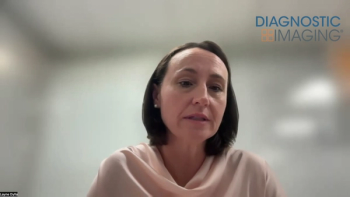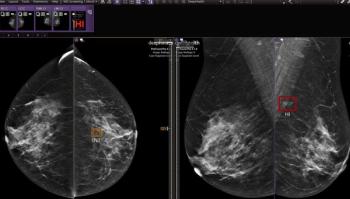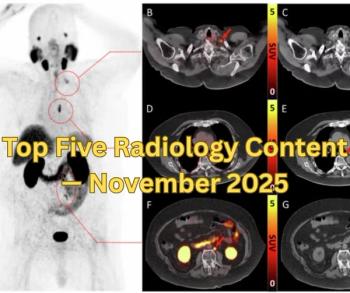
Electronic Image Access Encourages Test Ordering?
A Health Affairs study challenges conventional wisdom and finds physicians who have electronic access to previous imaging results are actually more likely to order additional tests.
A major impetus behind adoption of electronic health records has been the reasoning that they could help reduce healthcare spending, in part, by reducing redundant imaging tests.
But a study published in
Access to computerized imaging results was associated with a 40 percent to 70 percent greater likelihood that an office-based physician will order an imaging test, according to researchers from Harvard-affiliated Cambridge Health Alliance in Cambridge, Mass., and the City University of New York School of Public Health at Hunter College in New York. Access to lab results was also associated with ordering more blood tests.
The availability of the EHR itself had no apparent impact on order; it was access to test results, researchers said. They analyzed the records of 28,741 patient visits to a nationally representative sample of 1,187 office-based physicians in 2008.
“These findings raise the possibility that, as currently implemented, electronic access does not decrease test ordering in the office setting and may even increase it, possibly because of system features that are enticements to ordering,” the authors wrote. “We conclude that use of these health information technologies, whatever their other benefits, remains unproven as an effective cost-control strategy with respect to reducing the ordering of unnecessary tests.”
Their findings run contrary to other studies that have found access to prior images reduces repeat ordering and thus saves billions of dollars. However, researchers said previous studies were based on “flagship” institutions, not representative of office-based practices and technology.
One caveat here is that the study is based on 2008 data, when fewer physicians used EHRs and shared imaging and other patient data. Second, the study doesn’t tell us why access led to more tests ordered.
Study author Danny McCormick tells the
Finally, he said that the results don’t determine whether the imaging tests are appropriate or not.
What do you think of this study?
Newsletter
Stay at the forefront of radiology with the Diagnostic Imaging newsletter, delivering the latest news, clinical insights, and imaging advancements for today’s radiologists.




























